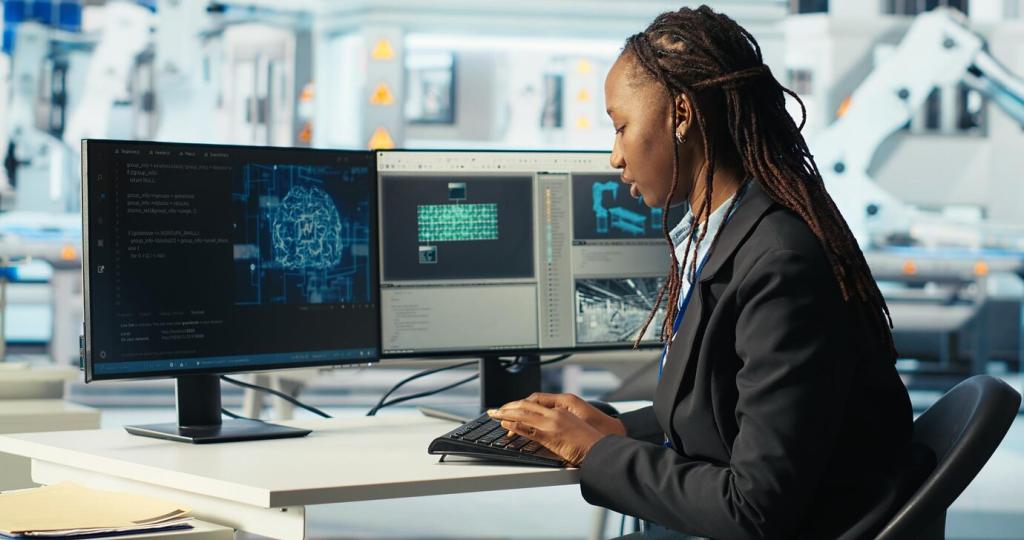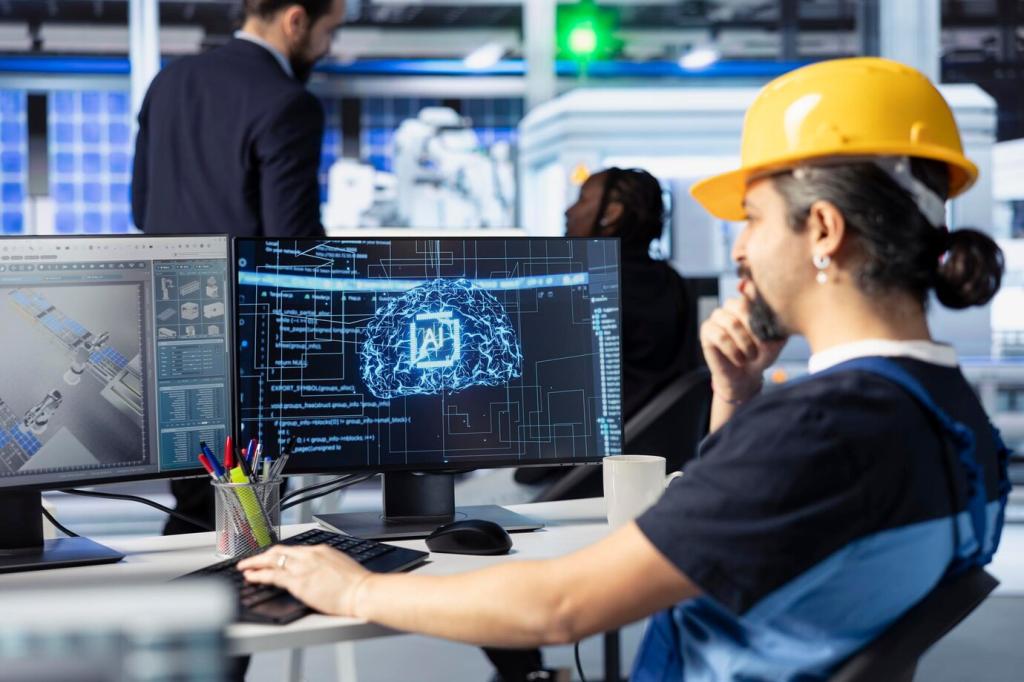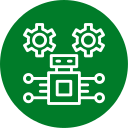Seamless Integration of IoT Devices in Smart Homes
In the era of digital transformation, smart homes have emerged as a cornerstone of modern living. The seamless integration of Internet of Things (IoT) devices into home environments offers unprecedented convenience, efficiency, and control. By connecting thermostats, lights, security cameras, and other appliances, homeowners can now interact with their living spaces in more intelligent and intuitive ways. This web page explores how seamless IoT integration is reimagining the concept of home, delivering both comfort and peace of mind.

The Foundations of Smart Home Connectivity
Stable home connectivity relies on the right mix of wireless protocols tailored to your smart devices. Wi-Fi offers high-speed communication and broad compatibility, making it suited for video-streaming devices and hubs. Zigbee and Z-Wave, meanwhile, provide lower-power, mesh networking ideal for lights, sensors, and locks scattered throughout the home. The harmonious integration of these protocols creates a unified network, minimizing lag and eliminating dead zones. By adopting standards that are both robust and widely supported, homeowners maximize compatibility and future-proof their smart environments.

Cross-Brand Communication
While the IoT market abounds with innovative devices, manufacturers have long used proprietary technologies. However, seamless integration demands these devices speak a common language. Recent advances, including unified standards like Matter, are breaking down these walls. Now, bulbs from one brand can respond to switches and sensors from another, allowing homeowners to choose products based on quality and suitability rather than being locked into a single brand’s ecosystem. The resulting synergy empowers homeowners with greater flexibility and value.
Universal Control Platforms
Universal control platforms serve as powerful tools for managing diverse IoT devices from one dashboard. Whether using a smartphone app, a dedicated touchscreen, or a voice assistant, these platforms aggregate device controls into a single interface. This dramatically enhances user convenience, reducing confusion and streamlining the learning curve. Homeowners no longer need to juggle multiple apps or remotes—every connected appliance, from thermostats to security cameras, is accessible through one unified hub, making smart home management truly effortless.
Future-Proofing with Open Standards
Open standards are pivotal for maintaining seamless interoperability as technology evolves. Adopting devices and platforms built on open, widely supported standards ensures continued compatibility with new products and services. This forward-thinking approach protects investments and enables smart homes to grow and adapt without costly overhauls or replacements. By fostering a collaborative ecosystem, open standards encourage innovation and guarantee homeowners always have access to the newest features and breakthroughs.

Adaptive Lighting and Climate Control
Advanced automation allows smart homes to adjust lighting and climate controls in response to occupancy, time of day, or even external weather conditions. Imagine lights that dim as the sun sets or thermostats that learn your preferred temperature patterns. Through seamless device integration, these systems communicate with one another, ensuring settings are perfectly synchronized. The result is optimal comfort and energy efficiency, with homeowners barely lifting a finger.

Context-Aware Security Systems
Seamlessly integrated security systems can distinguish between regular occupants and potential intruders, monitoring activity in real time and responding intelligently. For example, smart cameras can alert homeowners to unfamiliar faces, while locks and alarms can be armed or disarmed based on trusted device proximity. Through automation, these systems adapt to daily routines, reducing false alarms and enhancing overall safety without manual intervention.

Routine-Based Convenience
Personalized routines are a hallmark of the smart home experience. By integrating IoT devices, users can schedule daily sequences—such as a “Good Morning” routine that gradually raises lights, starts the coffee maker, and reads the news aloud. Automation ensures these routines unfold seamlessly, freeing residents from repetitive tasks and transforming the home into an attentive, responsive companion. Over time, machine learning refines these routines, further personalizing them to fit evolving preferences and schedules.
